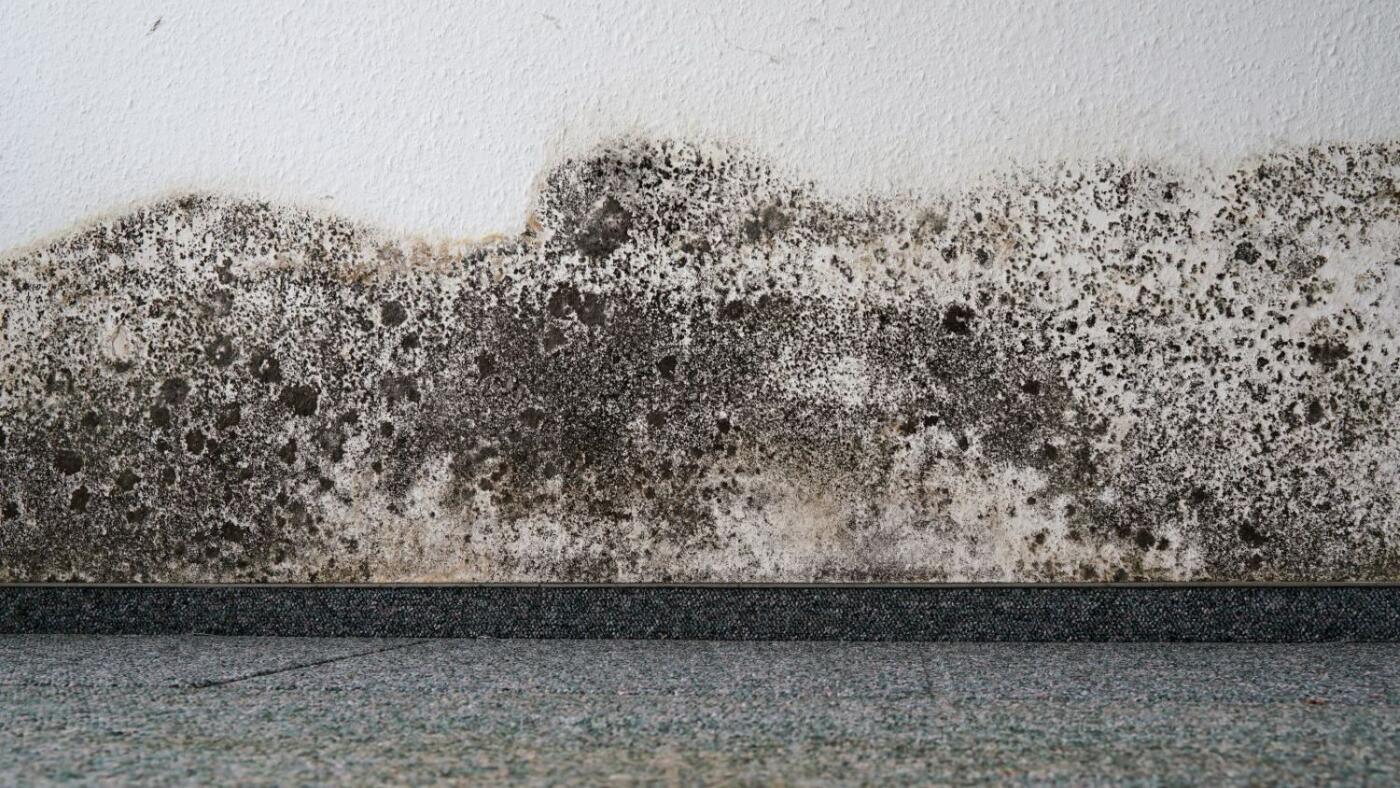The world of mold remediation and assessment is flooded with reference guides, technical directives, and contradictory protocols. However, there are few regulations and no federal exposure limits available for mold or mold spores. While there are no federal standards or regulations of airborne mold contaminants, the following publications present some of the most widely accepted industry standards for assessing and remediating mold growth.
Mold Remediation Industry Standards
Institute of Inspection, Cleaning, and Restoration Certification (IICRC) S520 Standard and Reference Guide for Professional Mold Remediation
The IICRC S520 was prepared with remediation contractors in mind and provides educational background and training with detailed methods for removing and cleaning building materials and contents within the indoor environment. This document also addresses aspects of contractor qualifications and health and safety (containment, PPE, etc.). Most contractors will be familiar with this document and many remediation protocols include operating procedures outlined here in the IICRC guidance.
Recognition, Evaluation, and Control of Indoor Mold by the American Industrial Hygiene Association (AIHA)
This document provides a comprehensive background on building assessment strategies and presents many applicable principles for performing a mold assessment and sampling for mold. Mold assessors should be familiar with the procedures outlined within the document.
Bioaerosols: Assessment and Control by the American Conference of Governmental Industrial Hygienists (ACGIH) – Bioaerosols: Assessment and Control
The ACGIH document is a deep dive into the science of airborne contaminants and methods for assessment and interpretation of findings/evaluation of results, and remediation to address mold, as well as other indoor contaminants. This book is referenced frequently by other guidance documents and can help with preparing and evaluating sampling plans and remediation strategies.
Mold Remediation in Schools and Commercial Buildings by EPA
The EPA guidance is generic on recommendations but is easy to understand and paints a broad picture of mold assessment and remediation. This document is an excellent resource for non-technical stakeholders such as building owners and general construction personnel.
Guidelines on Assessment and Remediation of Fungi in Indoor Environments by the New York Department of Health and Mental Hygiene (NYC DOH)
The NYCDOH guidelines present generic recommendations that are easy to be understood by non-technical stakeholders.
ASTM D7338-14 Standard Guide for Assessment of Fungal Growth in Buildings
This document presents a detailed step-by-step approach to conducting a mold assessment.
Water vs. Mold
As mold growth is the result of a water issue (water intrusion, excess humidity/condensation, etc.), the above documents are designed to address mold and water; however, not all prescribed activities would be necessary to remediate mold and are, in fact, related to addressing exposure to water or identifying and repairing the water sources (to prevent mold growth). Activities to address water intrusion/exposure or identify and repair the water sources are not related to the remediation of mold.
Mold Assessment and Sampling
Applicable guidance by various sources are summarized below.
EPA
“In most cases, if visible mold is present, sampling is unnecessary. Since no EPA or other Federal threshold limits have been set for mold or mold spores, sampling cannot be used to check a building’s compliance with federal mold standards.”
ASTM
“The distribution of fungal colonization or of fungal particles on surfaces or in the air may vary widely. Additionally, there are currently no regulations concerning what constitutes safe levels of fungi on surfaces or in the air. Therefore, sampling, if performed at all, should be planned to test a specific hypothesis”
NYC DOH
“If environmental samples will be collected, a sampling plan should be developed that includes a clear purpose, sampling strategy, and addresses the interpretation of results.”
AIHA
“Considering the strong possibility of false positive or false negative results and the consequences of such errors, the visual examination of wall cavities should be chosen over this controversial and unproven technique whenever possible… The use of wall cavity air samples should never be used in an attempt to determine exposures to occupants.”
“There are no accepted protocols for sampling of content or items…Until science associated with collecting and identifying fungi from surfaces of items by all methods is developed, these methods should be used with caution.”
Mold Sampling Best Practices
If circumstances dictate that sampling would be the best approach to determine the extent of mold growth, samples should be accompanied by a clear and detailed sampling plan that includes a hypothesis, sampling strategy, and interpretation of results. Air sampling should include comparative ambient/control sampling. As discussed above, the use of wall cavity samples should never be used to determine exposure to occupants, and there are currently no protocols for sampling contents or items. If you can see visible mold growth (VMG), then sampling is not usually necessary.
Mold Remediation
Remedial methods are dictated by the quantity and extent of mold growth, the condition of the impacted areas, and the porosity of the affected materials. When mold growth is present on a porous material such as gypsum board walls, removal is usually considered the best approach. It is recommended to remove two (2) feet past VMG to ensure you have adequately addressed all mold growth. If mold growth is present on semi-porous (wood) or non- porous (metals, plastic, etc.), then cleaning/removal of the staining is typically all that is warranted. Building materials and contents that are in an area where extensive mold growth is present, but that are not directly impacted with mold growth, may have been affected by settled mold spores or “mold dust”. Per the IICRC S520, these areas with mold dust can be sufficiently cleaned by damp wiping and high-efficiency particulate air-filtered (HEPA) vacuuming.
Biocide and Encapsulation
Biocide is an umbrella term for anti-biological agents: pesticides, fungicides, etc. The IICRC S520 states “source removal should always be the primary means of remediation. Indiscriminate use of biocide, sealants, etc. is not recommended. In severe cases, biocide may be required and considered as a reasonable approach if mold growth cannot be removed. Biocide use should not be considered if careful and controlled removal of contaminated materials is sufficient to address the problem”; aerosolized application of biocide (fogging) is not recommended under any circumstances.
Encapsulation is another technique used by remediators to “seal” mold growth in place and prevent future mold growth. The AIHA document states that encapsulation should never be used as a substitute for removal and the IICRC S520 states that encapsulant should not be used to conceal or contain active mold growth.
Post-Remedial Verification
Following the completion of remedial actions, post-remedial verification should be conducted by a third-party assessor and documented in a formal closure report. The pre-established criteria could include the following: visual inspection to ensure that no visual dust, debris, or mold growth remains; olfactory evaluation; limited sampling; and particle counting to determine if the remedial goals have successfully returned the structure to pre-impact conditions.
To learn more about VERTEX’s Environmental Claims Consulting services or to speak with an Environmental Expert, call 888.298.5162 or submit an inquiry.





